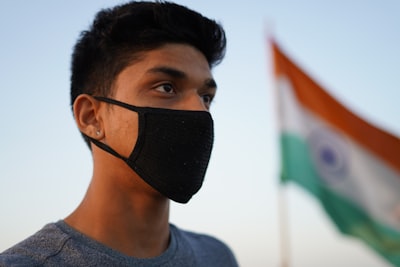The Reuters X India Block: Spotlight on Social Media Censorship and Tech Regulation
On July 5, 2025, Reuters’ primary account on X (formerly Twitter) was abruptly blocked in India following a legal demand, only to be restored the following day. The episode, shrouded in mystery regarding the specific content or complaint, raises fundamental questions about social media censorship, legal powers under India’s Information Technology Act, 2000, and the evolving battleground between global tech platforms and national governments.
How Legal Demands Shape Social Media Content in India
India’s Information Technology Act, 2000, empowers designated government officials to order takedowns or withhold digital content that could impact national security, public order, or violate local laws. While meant to protect the public, this legal instrument is increasingly used to compel platforms such as X, Facebook, and YouTube to restrict access to posts or even entire accounts.
- Legal demand notices can target specific posts or request entire page/account takedowns.
- Non-compliance may expose tech companies to criminal liability or operational hurdles.
- Transparency is often lacking—affected parties and the public rarely learn what triggered the removal.
The Debate: Protecting National Security or Suppressing Press Freedom?
Incidents like the Reuters account suspension highlight the delicate balance between genuine national security concerns and the risk of excessive censorship.
- Media organizations and civil society groups warn against opaque legal actions that could muzzle legitimate journalism.
- Authorities argue that misinformation or inflammatory content can incite violence or disrupt order.
- Tech companies fear the precedent of routine government takedown requests extending well beyond emergency circumstances.
How Do Social Media Platforms Respond to Government Takedown Requests?
X, alongside Meta and Google, must comply with local regulations, but often advocates for transparency and appeals processes.
- Notification Policy: Affected users may be alerted when content is withheld, but details are scarce.
- Compliance: Tech firms typically withhold only in the requesting country, maintaining global availability.
- Legal Recourse: Companies and users can sometimes appeal or challenge removal demands, though options are limited.
Key Trends: Tech Company–Government Clashes in India
India, with its vast social media audience, has frequently clashed with US-based platforms over moderation and legal compliance.
- In 2023 and 2024, X (Twitter) sued the Indian government over expanded takedown authorities and greater obligations imposed upon platforms.
- The rise of so-called "censorship portals" and content flagging mechanisms has increased friction and confusion.
- Journalists, activists, and researchers express mounting concerns over the chilling effect on free speech and independent news coverage online.
What Users and Publishers Can Do: Navigating Content Takedowns
- Stay informed about local regulations and terms of service for major platforms operating in India.
- Monitor official trust and safety handles for updates about takedowns or appeals procedures.
- Engage legal counsel or advocacy groups if your content is targeted for removal based on unclear legal demands.
FAQ: Content Takedowns, Censorship, and Social Media Rights in India
Q: How do I know if my social media post was removed due to a legal demand?
A: Platforms like X typically send an email notification to affected users, but details on the initiating authority or specific violation may be limited.
Q: Can a suspended account be restored?
A: Yes, as seen in Reuters’ case, accounts can be restored if the legal demand is resolved or withdrawn. Appeals may also be possible, depending on platform policy.
Q: Does content removed in India remain visible elsewhere?
A: Usually, yes. Most platforms geo-block or withhold content only within the requesting jurisdiction.
Q: Where can I get more information about internet regulation in India?
A: Review the Information Technology Act, 2000, or visit reputable digital rights organizations for updates and resources.
Conclusion: The Future of Digital Free Speech in India
Reuters’ brief suspension from X in India is just the latest skirmish in a larger battle over who controls information online. As government legal demands become more frequent and sweeping, the importance of transparency, legal clarity, and protection of press freedom in the digital age is more urgent than ever. Whether you are a journalist, publisher, or social media user, staying informed—and vocal—about these evolving issues is essential.
For more updates on digital rights, social media laws, and press freedom, follow trusted news sources and advocacy organizations committed to open internet principles.

Comments
No comments yet. Be the first to comment!